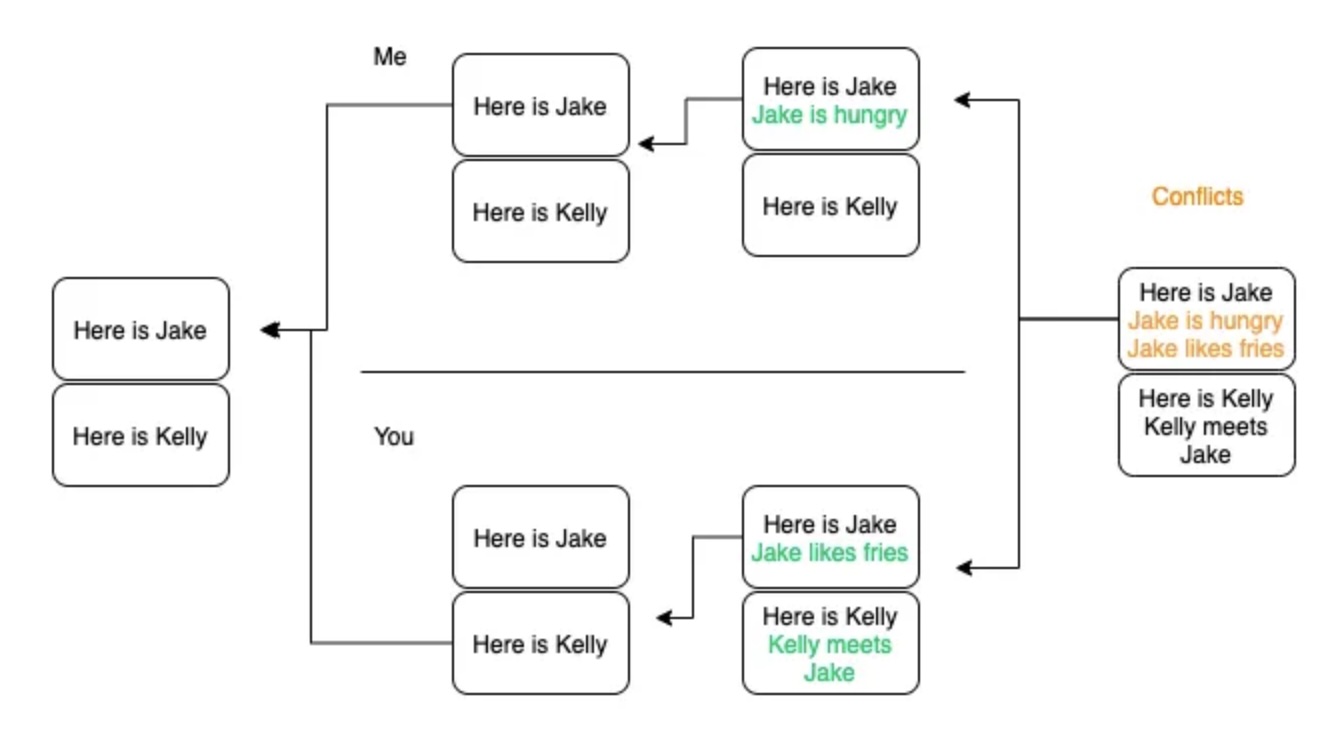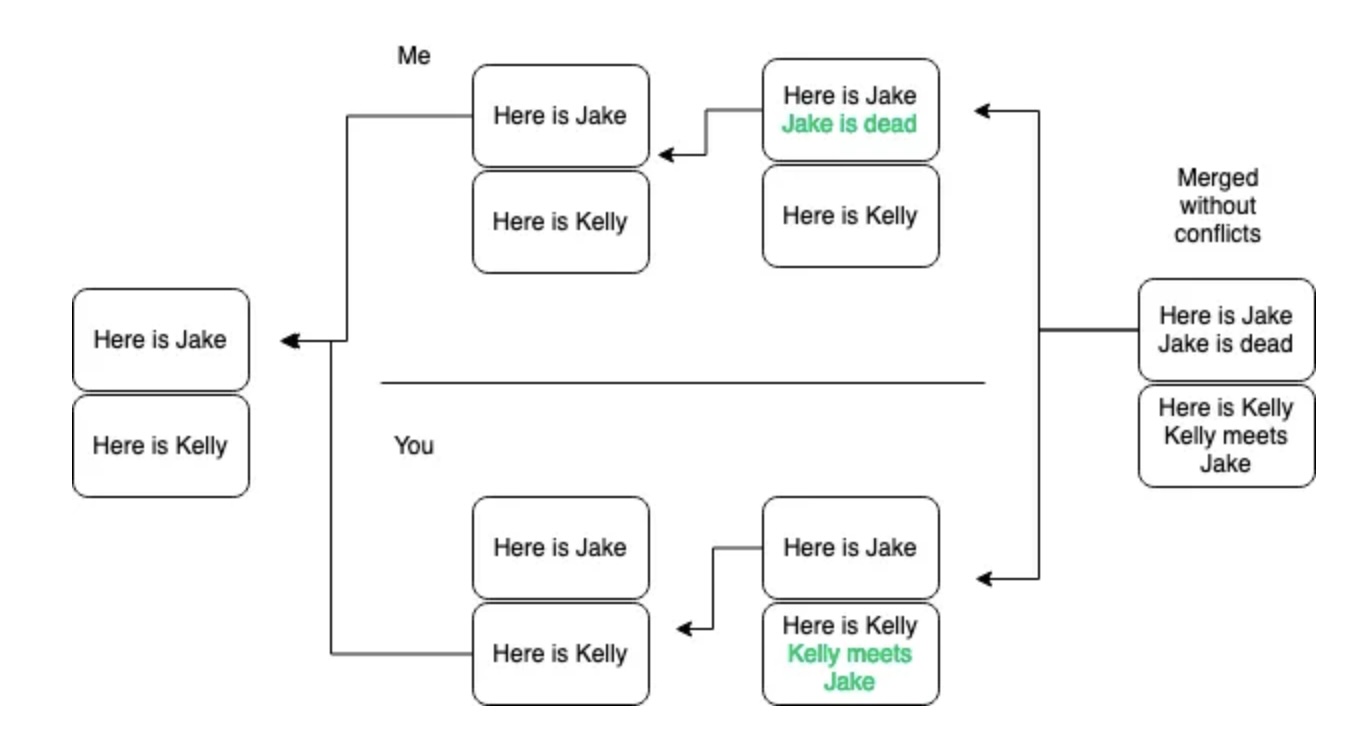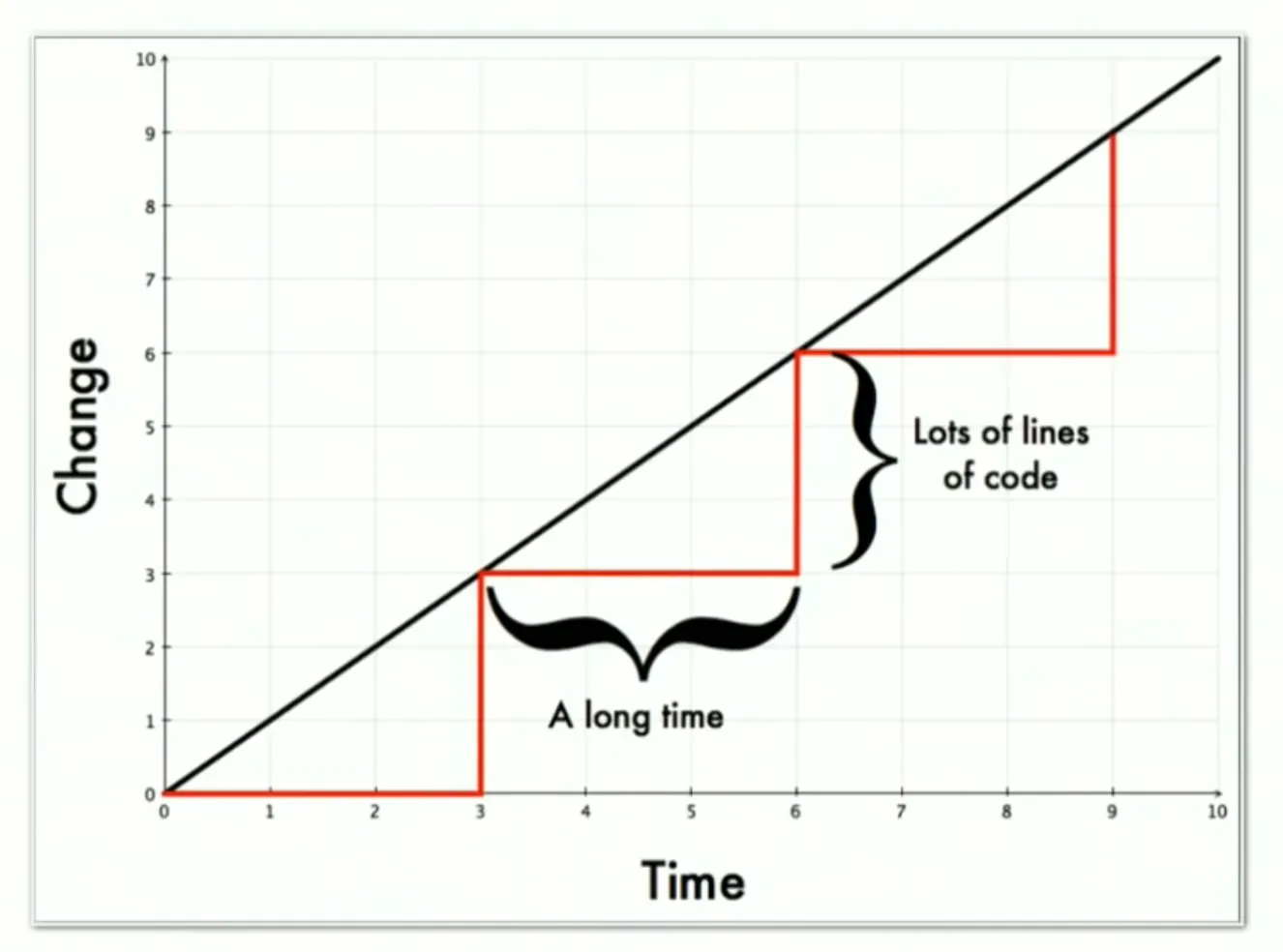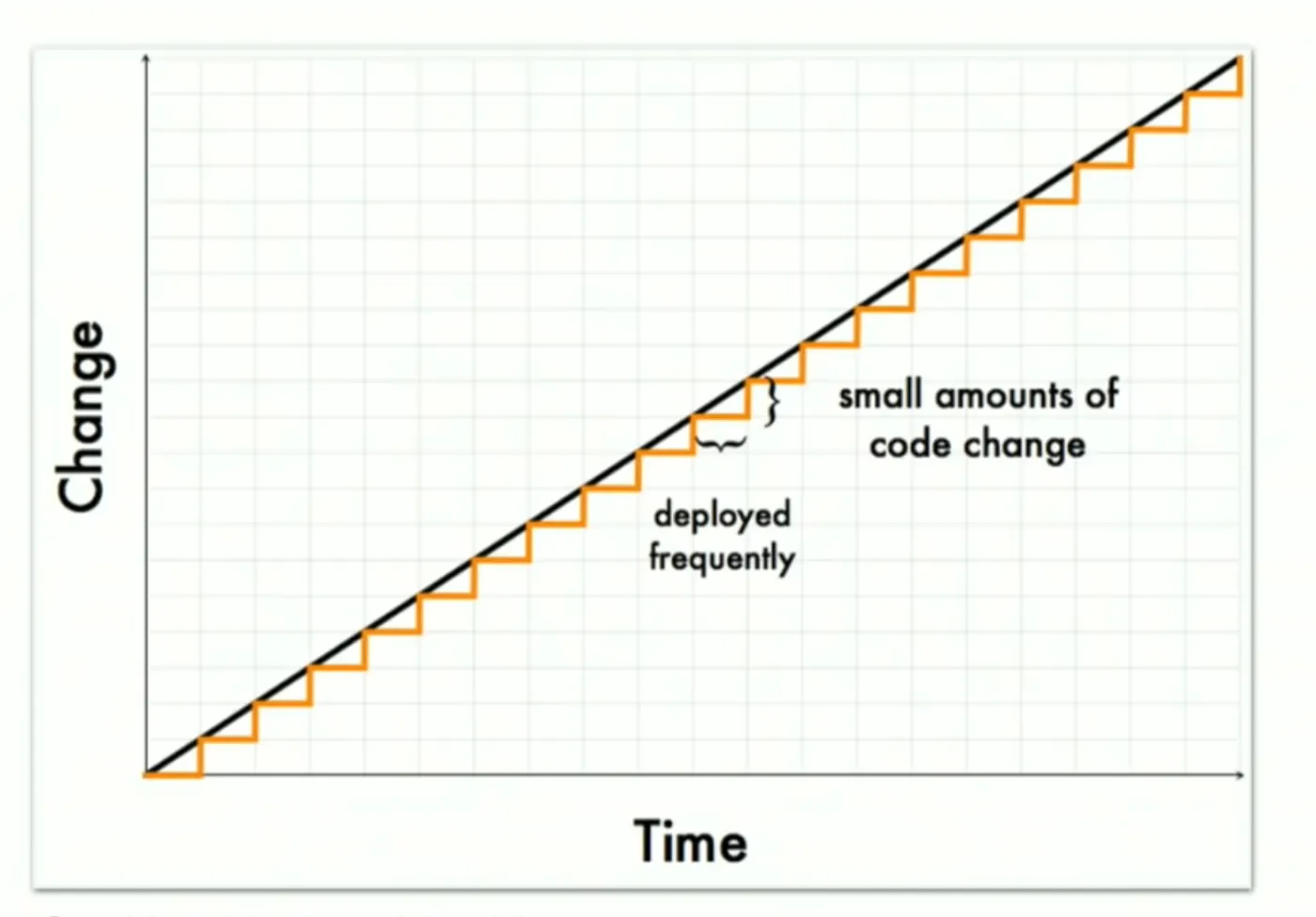Short-lived Branches and Conflict Phobia
Originally published on Medium • 4 min read
The Problem: Fear of Merge Conflicts
There’s widespread, unfounded fear surrounding merge conflicts in software development. In traditional non-CI, non-trunk-based development, long-lived branches create conflicts that are difficult to resolve. This leads to the mistaken belief that changes must be carefully isolated from each other.
The reality? This isolation actually creates more problems.
The Misconception
Many teams believe frequent merges are made to “avoid” conflicts. This is backwards thinking. Just like in real life, conflicts are inevitable. The total impact of conflicts isn’t reduced by delays—that’s wishful thinking. The solution is meeting them head-on early, before they grow larger.
Understanding Merge Conflicts
Git’s official documentation explains it clearly:
During a merge, when both sides made changes to the same area, Git cannot randomly pick one side over the other, and asks you to resolve it by leaving what both sides did to that area.
In essence: Git looks at textual changes made by both branches since their common ancestor and attempts to combine them. That’s it—nothing more sophisticated.
Two Types of Conflicts
1. Textual Conflicts
These are what Git detects—when the same lines of code are modified by different branches. These are relatively easy to resolve.
 Example of a textual conflict that Git can detect and flag for manual resolution
Example of a textual conflict that Git can detect and flag for manual resolution
2. Semantic Conflicts (The Real Danger)
Consider this scenario: We’re collaborating on a story where Jake is introduced in Chapter 1 and Kelly in Chapter 2.
- I make Jake die at the end of Chapter 1
- You make Kelly meet Jake in Chapter 2
Git merges both changes without conflict, creating a logical impossibility—Kelly cannot meet a dead Jake.
 A semantic conflict: Git merges successfully but creates a logical impossibility where Kelly meets dead Jake
A semantic conflict: Git merges successfully but creates a logical impossibility where Kelly meets dead Jake
No automated tool can detect semantic conflicts. These require human judgment and are what we should really worry about.
This is why automated tests are crucial—they capture intended behavior and constraints, alerting us to violations before or after merging.
Why Conflicts Are Unavoidable
Git can raise merge conflicts even when changes are compatible and intended. If two developers modify the same area of code for legitimate reasons, there’s no way to avoid this conflict.
Definitely not by encouraging isolation. The scope of conflicts will compound over time, and eventually, no one will have the confidence to resolve them.
The Solution: Embrace Continuous Integration
Understanding how Git merges leads to one logical conclusion: avoid long-lived branches and git-flow style feature branching.
Best Practices:
- Trunk-based development with automated tests
- Continuous feedback through frequent integration
- Pull from trunk extremely frequently
- Run tests on every commit
- Merge extremely frequently
Key Insights
The Vicious Cycle
A dangerous pattern exists in many organizations:
graph TD
A[Deltas get bigger] --> B[Risk gets bigger]
B --> C[Bad thing happens]
C --> D[More process]
D --> E[More delay]
E --> A
style A fill:#ffeb3b
style B fill:#ff9800
style C fill:#f44336,color:#fff
style D fill:#ff5722,color:#fff
style E fill:#d32f2f,color:#fff
The cycle perpetuates itself: each attempt to reduce risk through process actually increases risk by encouraging larger, less frequent changes.
The Better Approach
Conflicts are just another type of risk. Since risks are better managed when changes are kept small and frequent, the same principles apply:
- Small diffs
- Trunk-based development
- Frequent integration
The contrast between deployment patterns illustrates this perfectly:
Traditional Approach:
 Large, infrequent deployments create massive deltas with long periods of accumulating changes
Large, infrequent deployments create massive deltas with long periods of accumulating changes
Better Approach:
 Small, frequent deployments with continuous integration reduce risk and enable faster feedback
Small, frequent deployments with continuous integration reduce risk and enable faster feedback
Video Reference: Sam Newman’s excellent talk “Feature Branches and Toggles in a Post-GitHub World” provides deeper insights into why trunk-based development and frequent integration are superior to long-lived feature branches.
Conclusion
Two fundamental truths about merge conflicts:
- Conflicts cannot be made to disappear—the earlier we resolve them, the better
- Semantic conflicts cannot be captured by diff tools—write automated tests and exercise human judgment
The fear of merge conflicts shouldn’t drive us toward isolation. Instead, it should drive us toward better practices: continuous integration, trunk-based development, and frequent, small changes.